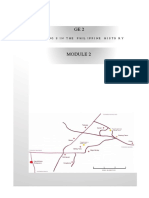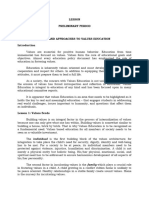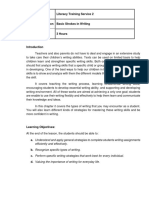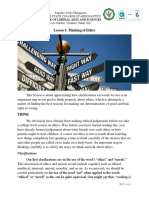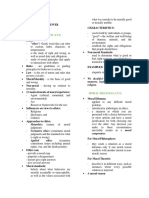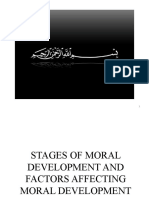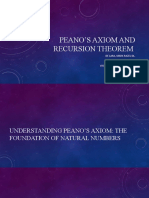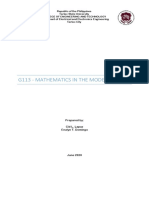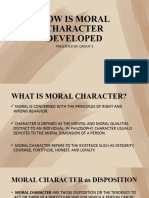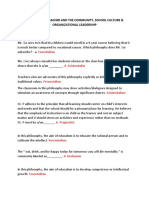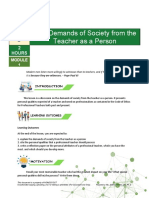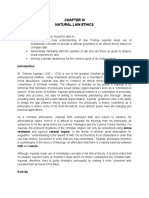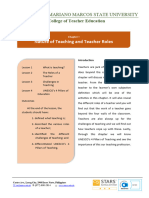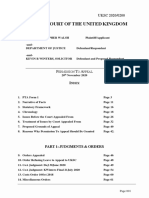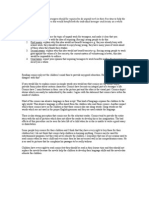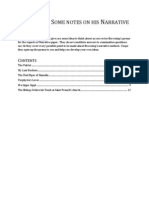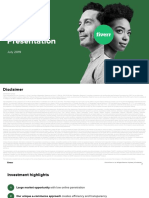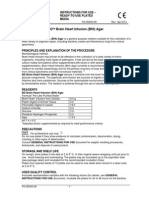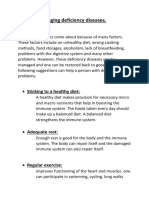0% found this document useful (0 votes)
713 views4 pagesModule Transformative Educ.1 Module 1
This document discusses transformative learning theory and diagnosing learners' assumptions. It begins by defining transformative learning as changing frames of reference - the assumptions through which we understand experiences. Learners are asked to identify problematic assumptions, such as cultural biases. The document then discusses the nature of assumptions, defining them as unexamined beliefs. It identifies three types of assumptions: paradigmatic assumptions about fundamental categories, prescriptive assumptions about what should happen, and causal assumptions about how things work. Learners complete activities to identify their own paradigmatic and prescriptive assumptions.
Uploaded by
xyreneCopyright
© © All Rights Reserved
We take content rights seriously. If you suspect this is your content, claim it here.
Available Formats
Download as DOCX, PDF, TXT or read online on Scribd
0% found this document useful (0 votes)
713 views4 pagesModule Transformative Educ.1 Module 1
This document discusses transformative learning theory and diagnosing learners' assumptions. It begins by defining transformative learning as changing frames of reference - the assumptions through which we understand experiences. Learners are asked to identify problematic assumptions, such as cultural biases. The document then discusses the nature of assumptions, defining them as unexamined beliefs. It identifies three types of assumptions: paradigmatic assumptions about fundamental categories, prescriptive assumptions about what should happen, and causal assumptions about how things work. Learners complete activities to identify their own paradigmatic and prescriptive assumptions.
Uploaded by
xyreneCopyright
© © All Rights Reserved
We take content rights seriously. If you suspect this is your content, claim it here.
Available Formats
Download as DOCX, PDF, TXT or read online on Scribd
/ 4


